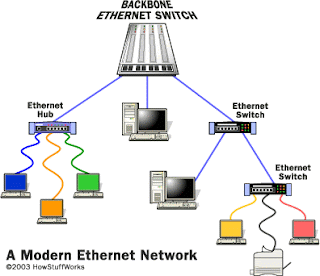Alcatel-Lucent
We’ve seen the future and it’s (still) copper
Alcatel-Lucent is promoting a commercial broadband-over-copper solution. Its new equipment design will deliver better broadband speeds with standard VDSL2 (stands for Very-high-speed Digital Subscriber Line 2) plus vectoring. Alcatel-Lucent says its vectoring approach helps to boost speeds significantly. The telecom giant is letting communications service providers know that the future is copper, still. Now, though, it’s a future with better data speeds and capacity, capable of broadband speeds of 100 Mbps and beyond.
Alcatel-Lucent fourth quarter 2010 earnings
Alcatel-Lucent delivering on its 3-year transformation journey
Further strong market & company improvement expected in 2011
Key numbers for the year 2010
- Revenues of Euro 15.996 billion, up 5.5% year-over-year
- Adjusted gross profit of Euro 5.572 billion or 34.8% of revenues
- Adjusted operating income of Euro 288 million or 1.8% of revenues
- Operating cash flow of Euro 851 million
- Net (debt)/cash of Euro 377 million as of December 31, 2010
Interference:
While high-speed technology can theoretically reach transfer rates exceeding 100Mb/s, it has not been broadly implemented in the access network because of the limitations of copper as a medium. Copper suffers from electromagnetic interference both from ambient environmental factors and from the signals transmitted over the other wires bundled in a shared cable. This interference dramatically reduces the signal quality and the practical distance that a faster signal can travel.




